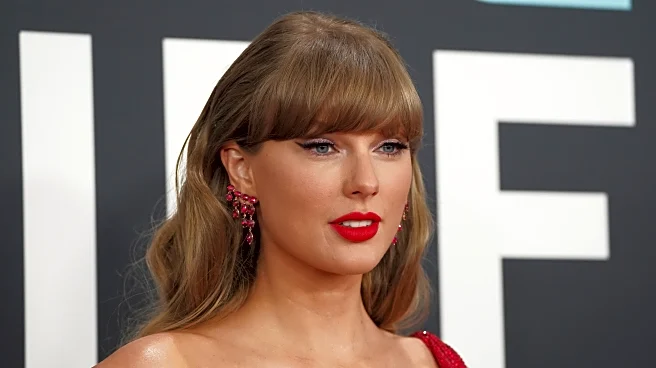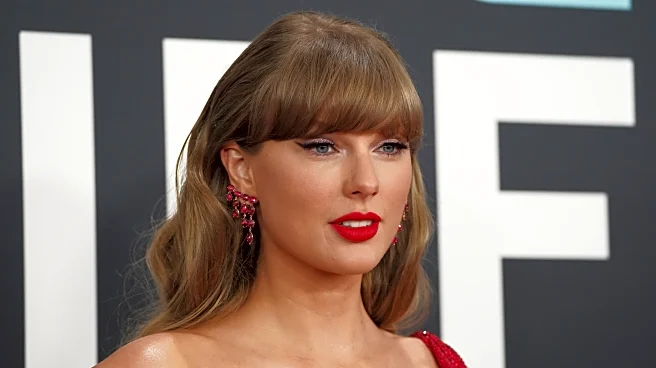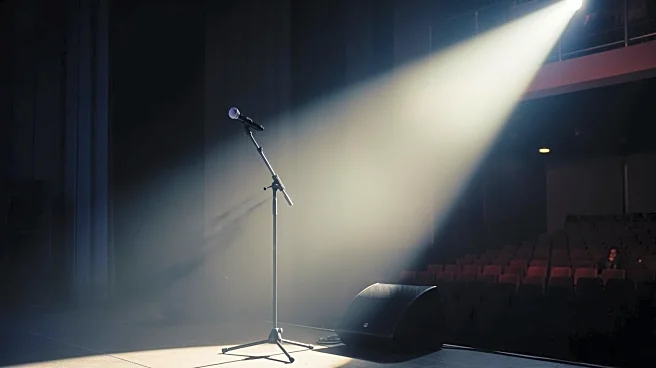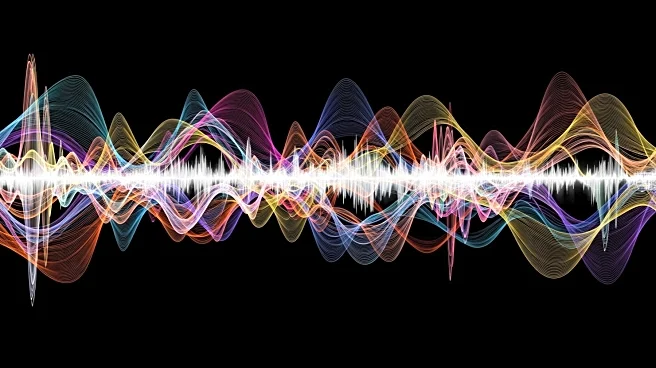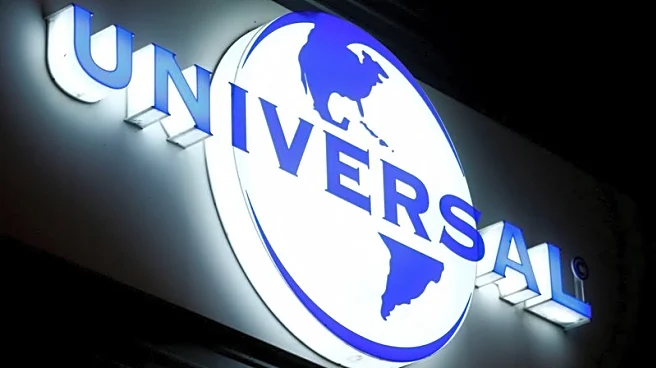What's Happening?
Billboard has released a list of the 50 best songs of 2025 so far, highlighting the influence of viral TikTok songs on the music industry. Artists like Sombr and Ravyn Lenae have leveraged TikTok virality to achieve streaming success and radio play, marking
them as emerging stars. Doechii, despite releasing songs before 2025, has established herself as a rapidly rising talent. The list also includes contributions from established artists such as Bad Bunny, Playboi Carti, Drake, and Lady Gaga, who continue to dominate the charts with their hit singles. The report underscores the ongoing impact of past hits from 2024, which remain popular on the charts, alongside new releases that are shaping the future of music.
Why It's Important?
The influence of TikTok on the music industry is significant, as it provides a platform for artists to reach wider audiences and achieve commercial success. This trend highlights the shift in how music is consumed and popularized, with social media playing a crucial role in the discovery and promotion of new talent. Established artists benefit from this dynamic by maintaining relevance and expanding their fan base. The continued success of 2024 hits on the 2025 charts indicates a changing landscape where past and present music coexist, offering opportunities for both new and seasoned artists to thrive.
What's Next?
As TikTok continues to shape the music industry, artists and record labels may increasingly focus on creating content that resonates with social media audiences. This could lead to more collaborations and innovative marketing strategies aimed at maximizing viral potential. The ongoing success of past hits suggests that catalog music will remain a staple on the charts, prompting artists to explore new ways to refresh and promote their existing work. The evolving music landscape may also encourage platforms like TikTok to enhance their features to better support artists and their promotional efforts.
Beyond the Headlines
The rise of TikTok as a music discovery platform raises questions about the long-term implications for traditional music promotion channels. As social media becomes a primary driver of music popularity, record labels and artists may need to adapt their strategies to remain competitive. This shift could lead to changes in how music is produced, marketed, and monetized, potentially affecting industry standards and practices. Additionally, the emphasis on viral content may influence the types of music that gain popularity, impacting cultural trends and consumer preferences.



